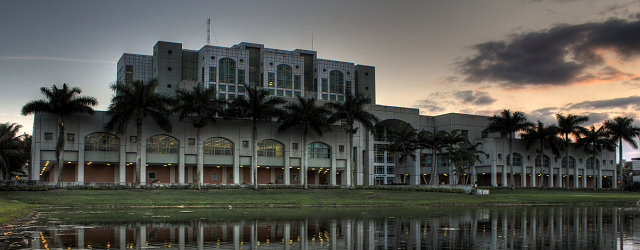What is the FPHLM?
The Florida Public Hurricane Loss Model (FPHLM) is a hurricane catastrophe model developed by a multi-disciplinary team of experts in the fields of meteorology, wind and structural engineering, computer science, GIS, statistics, finance, and actuarial science.
The model consists of three major components: wind hazard (meteorology), vulnerability (engineering), and insured loss cost (actuarial). It has over a dozen sub-components. The computer platform is designed to accommodate future hookups of additional sub-components or enhancements.
The FPHLM estimates loss costs and probable maximum loss levels from hurricane events for personal lines and commercial lines of residential property. The losses are estimated for building, appurtenant structure, contents, and additional living expenses.
In essence the FPHLM is a complex collection of computer programs that simulate and predict how, where and when hurricanes form, their wind speeds, intensity and sizes, their tracks, how they are affected by the terrain after landfall, how the winds interact with different types of structures, how much damage they can cause to house roofs, windows, doors, and interiors, how much it will cost to rebuild the damaged parts, and how much of the loss will be paid by insurers.
A presentation on the model in PDF format is available here.
Project Highlights
Milestones and recent developments
- Version 8.3 of the Florida Commission on Hurricane Loss Projection Methodology on June 2025.
- Version 1.0 of the Florida Commission on Flood Loss Projection Methodology on November 2024.
People
Meet the researchers and students behind the FPHLM
The FPHLM is developed by experts from Florida International University, Florida Institute of Technology, Florida State University, University of Florida, Hurricane Research Division of NOAA, University of Miami and University of Missouri-Kansas City.
The model is operated by a team of professors, graduate, and undergraduate students from the departments of computer science, finance, and statistic at FIU, with the help of meteorology and engineering experts from other universities and institutions.
Currently, the model is based at the Laboratory for Insurance, Economic and Financial Research at FIU's International Hurricane Research Center.
Meet the project membersTools
Web apps to use, manage, and document the model




